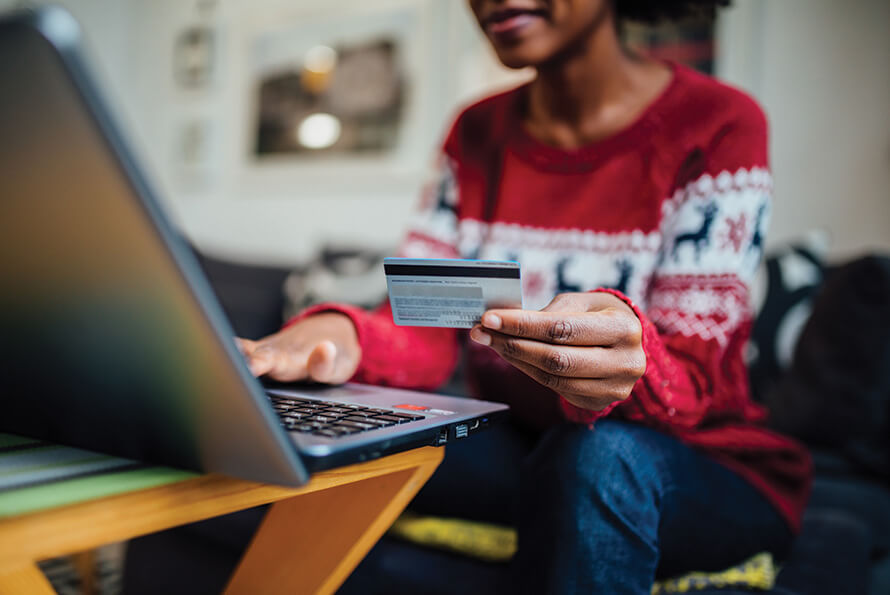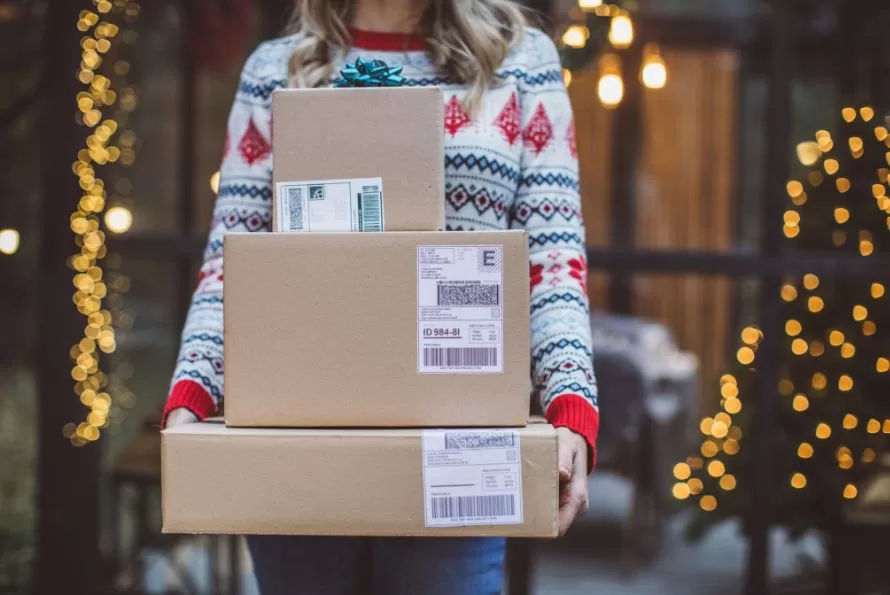

Embracing the Consumer Shift to Seasonal Discounts

It’s hard to believe that it’s almost the holidays, but with 25% of shoppers having started their holiday shopping in September and another 25% planning to start in October, many consumers are already finalizing their lists before November. With consumers getting a jumpstart on holiday shopping, it’s become imperative that brands adjust their seasonal strategy to encompass these changes and leverage consumer behavior to their advantage.
Let’s take a closer look at these emerging holiday trends and how brands can shift strategy in some key ways.
In-depth look at 2022 holiday shopping trends
Deloitte forecasts holiday retail sales are likely to increase between 4-6% (a decline from the 15.1% growth seen in 2021) and e-commerce sales will grow by 12.8-14.3% YoY during the holiday season. With cost of goods and services increasing, 40% of consumers said inflation will impact their shopping decisions and 95% of holiday shoppers said they will change how they shop and are actively looking for ways they can save money.
Consumers are finding ways to save money and are cutting back in specific areas according to eMarketer, with 54% of US consumers cutting back on dining out and 35% cutting back on apparel, footwear and accessories. Even with cutting back in specific areas, the National Retail Federation survey confirmed 62% of holiday shoppers agree that it is important to spend money on holiday gifts and will cut back in other areas so that their loved ones can celebrate like they usually do.
US shoppers aren’t the only ones putting aside limited budget for holiday spending this year—it’s estimated that UK shoppers are likely to spend £4.4B on non-essentials this coming season. Although this amount is less than what was spent the previous year, UK residents are still eager to buy gifts, despite pressures from worldwide inflation, high energy bills and labor costs.
So how will consumers find cost-effective ways to spend limited budget on holiday gifts this year?
Outside of budgeting and cutting back on certain categories, Wildfire Systems Inc. in conjunction with Big Village found 90% of consumers are more interested in receiving discounts, using coupons and earning cash back when they shop. Even with high-income households, 82% said they value rewards and overall are more likely to complete a purchase with a coupon or discount.
Coupons and deals are more important than ever
At Acceleration Partners, our clients’ affiliate programs continue to see significant growth from loyalty, coupon and deal partners. These partner types have increased revenue 35% YoY (January 1 – September 30, 2022), and increased actions 55% from last year. While AOV and conversion rates are down slightly year-to-date, we are continuing to see engagement with partners with clicks up 30% from last year, in September alone.
Revenue was down slightly in September for household and apparel brands, but with retailers starting multi-day sales events in early October—such as Target’s Deal Days (October 6-8), Walmart’s holiday rollback sale (October 10-13) and Amazon’s Early Access event (October 11-12), consumers are waiting to finalize purchases to ensure they are finding the best possible deal.
According to eMarketer, 76% of US consumers are researching to find deals on products and 32% of consumers are using coupons to cut costs. With US digital coupon users expected to grow to 68.2% of the population in 2023 and 69.5% in 2026, coupons and discounts are not going away, and consumers are expecting an offer.
If you are not working with coupon and deal partners, you are not only missing a consumer interested in your product or service, but you are also missing the opportunity to incentivize or compel a purchase. Consumers know prices are increasing and with an urgent promotion or offer, they will be more likely to convert at that moment instead of waiting for the item to go on sale or for a competitor to offer a better price.
Creating a profitable coupon campaign
Many retailers are concerned about margins when it comes to coupons and offers. In the past two years, brands had inventory shortages causing consumers to buy when an item was in stock, even if the price wasn’t discounted. However, consumer behavior has shifted and it’s critical for brands to market to the cautious consumer.
Here are a few recommendations to promote coupons or offers while remaining profitable:
- “Percentage off” is the preferred discount. Consumers favor simplified promotions. According to CouponFollow’s recent report, 70% of consumers search for deals and discounts on their phone rather than a computer (which used to be the predominant way to find coupons in 2019). Additionally, 35% of consumers prefer percentage discounts (i.e., 15% off) over dollar discounts, free shipping, and free gifts with a purchase. Consumers are willing to stick with a brand instead of trying a competitor with as little as 5% off! You do not need to offer a 50% discount to get a customer to convert—consider simplifying your promotion and test 5-10% off for a limited time.
- Move product or inventory with coupons. As brands continue to struggle with unwanted inventory globally, there needs to be a choice to reduce the price even more to get the consumer to buy the outdated inventory or hold on to the inventory and impact future product and seasonal sales. Instead of keeping unwanted inventory, test coupon codes on specific products or categories. Offer an additional 15% off on a category you are desperate to liquidate. By adding a coupon code, you can guarantee an increase in your conversion rate and possible new customers for a future purchase. Brand are finding it’s worth offering an additional percentage off to acquire a new customer that could repeat purchase in 2023.
- Show consumers you care. With rising costs, consumers need support. More than 70% of consumers say private brands are sometimes a better value than national brands. In the UK, 42% of consumers are shopping more at discount grocery stores. Instead of giving your consumer the opportunity to trade down, why not offer a coupon or incentive to match the lower cost or private label brand for a limited time. Messaging is critical to ensure the consumer knows it’s for a limited time, but you can position the offer as; “Just in time for the holiday season, here is our gift to you (10% off) to kick-off your holiday shopping!” This will not only encourage consumers to stay with your brand and shop directly with you, but it will also show the consumer you care about their holiday shopping journey and want to give them that extra boost of confidence.









